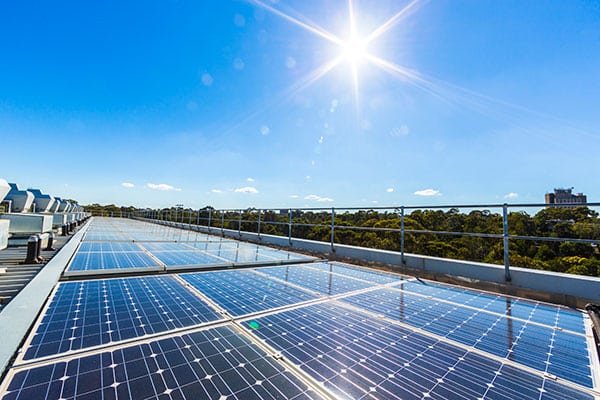Monash University is a step further towards net zero emissions after announcing plans for a solar microgrid incorporating solar power and storage at its Clayton Campus.
The microgrid is a key platform of Monash’s Smart Energy City project. The initiative builds on the university’s $135 million commitment to achieving net zero carbon emissions by 2030.
Monash, with industry partner Indra Australia, has secured $2.9 million in funding from ARENA to develop the microgrid at Clayton.
ARENA CFO Ian Kay said the project would help the education sector transition to renewable energy.
“The project will use Monash University as a ‘living laboratory’ that will help universities form their own microgrids and take control of their energy usage,” he said.
Monash solar microgrid reduces need for coal-fired power

The Victorian university was the first in Australia to commit to a net zero emissions policy.
So far, Monash is halfway through rolling out 1.36 MW of rooftop solar power across its campuses. Its goal is to install over 7,100 solar panels by the end of the year.
In addition, the university has signed a long-term PPA with the Murra Warra Wind Farm in Western Victoria. Upon completion in 2019, Monash will buy both electricity and large-scale renewable energy certificates generated by the farm.
Using Indra’s AGM software management program, the microgrid will enable control of additional on-campus renewable energy sources. Grid-connected, it will include 1 MW of rooftop solar, 20 buildings with automated energy management systems, 1 MWh of battery storage and electric vehicle charging stations.
“The microgrid will enable Monash to demonstrate how a 100 per cent renewable electricity system can operate reliably,” said Scott Ferraro, Director of Monash’s Net Zero Initiative.
Industry, institutions combine for better energy solutions
ARENA’s funding brings the total microgrid project value to $7.1 million. The grant provides for deployment and integration of Indra’s software platform onto the university’s assets. Over the next two years, Indra will work with Monash’s Buildings and Property Division to deploy the microgrid at Clayton.
Meanwhile, Monash intends to use its Smart Energy City project to undertake world-leading research and teaching.
Monash Vice-Chancellor Professor Margaret Gardner AO said the project was proof universities were serious about addressing climate issues.
“This project builds upon the University’s $135 million commitment to reach net zero emissions by 2030, and to develop strong partnerships with industry to help modernise Australia’s energy system,” she said.













































